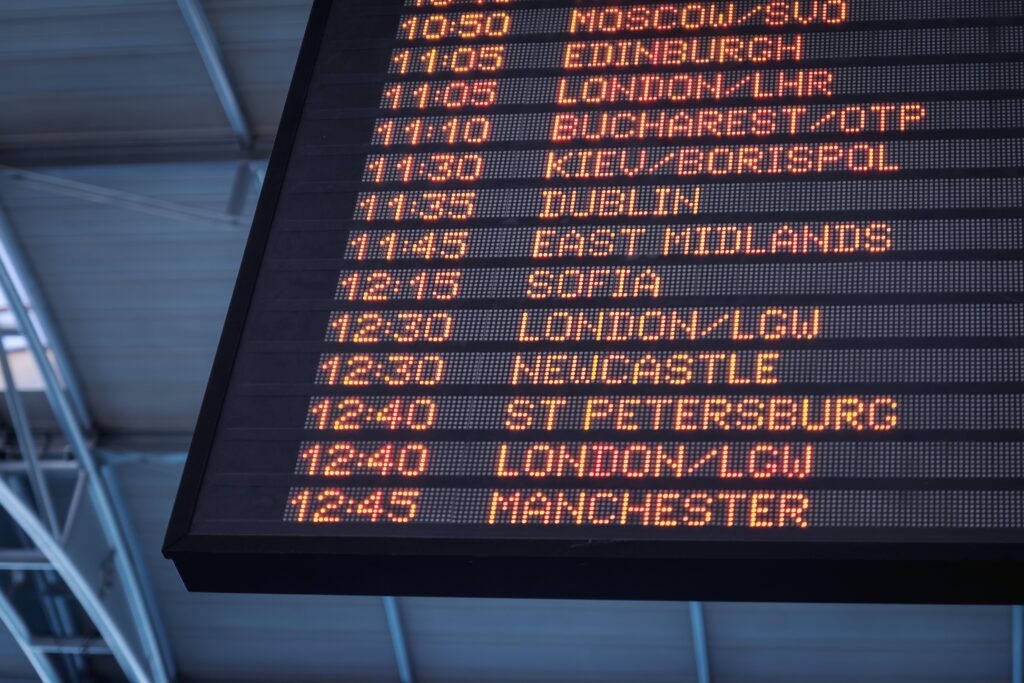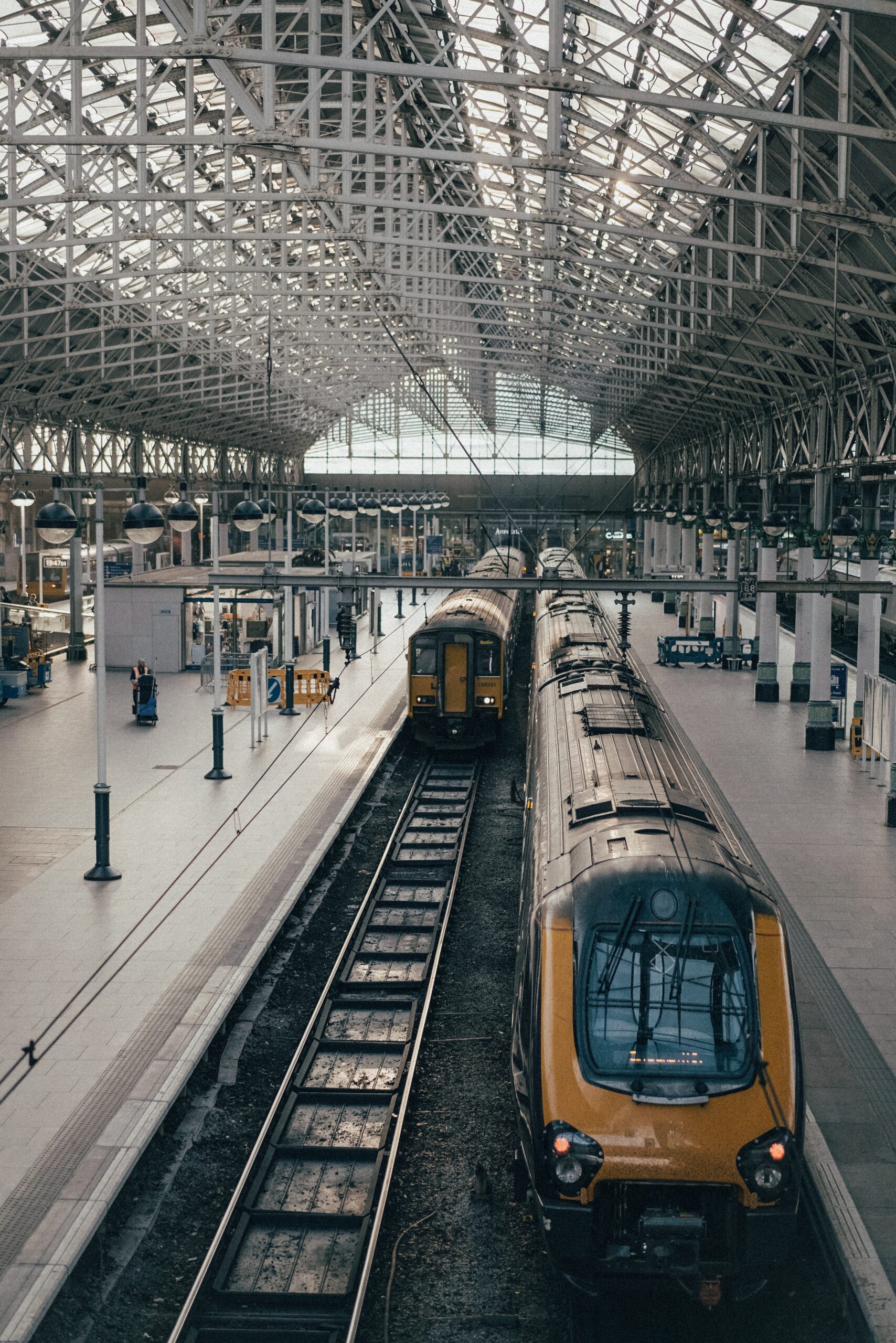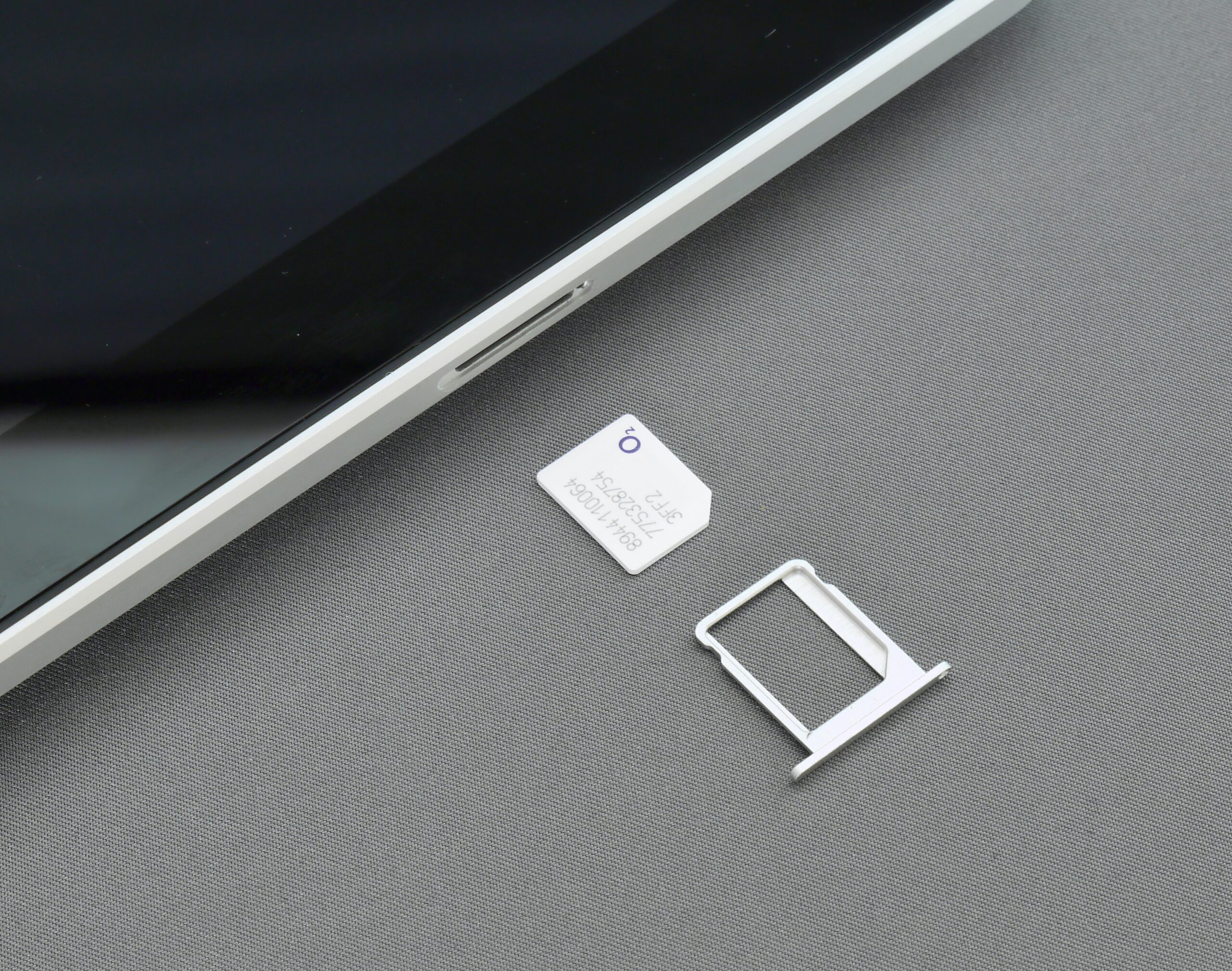Burundi Transportation Guide
Burundi Transportation Guide: Transportation relies on roads. Limited public transport; consider hiring a local guide for smoother travel.


Burundi Transportation Guide – International Airports
Burundi has one major international airport that serves as the primary gateway for international travelers to the country. The main international airport in Burundi is:
Bujumbura International Airport (BJM): Bujumbura International Airport is located in the capital city of Bujumbura, in the western part of the country, near the shores of Lake Tanganyika. It is the largest and busiest airport in Burundi and handles international flights to and from various destinations.
Bujumbura International Airport provides connections to several African cities and destinations, as well as some international routes to Europe and the Middle East. It serves as the main hub for both domestic and international travel in Burundi.
National Airports
In addition to Bujumbura International Airport, Burundi has a few smaller national airports and airstrips that serve domestic flights within the country. These airports provide connectivity to various regions of Burundi. Some of the national airports and airstrips in Burundi include:
Gitega Airport (GID): Gitega Airport is located in Gitega, which is the country’s second-largest city and serves as the former capital of Burundi. It handles domestic flights and is an important transportation hub in the central part of the country.
Kirundo Airport (KRE): Kirundo Airport is situated in Kirundo, a town in the northern part of Burundi. It serves domestic flights within the country.
Ngozi Airport (NZA): Ngozi Airport is located in Ngozi, a town in the northern part of Burundi. It is used for domestic flights connecting various regions.
Rumonge Airport (RUM): Rumonge Airport is in the southern part of Burundi, near the town of Rumonge. It handles domestic flights within the country.
Muyinga Airport (MUY): Muyinga Airport serves the town of Muyinga in the northeastern part of Burundi and provides domestic flight services.
Rutana Airport (UTN): Rutana Airport is situated in the town of Rutana in the southern part of Burundi. It serves domestic flights connecting different regions.
Burundi Transportation Guide – Trains
Burundi did not have a functioning passenger train service, and the country’s railway infrastructure was limited. While Burundi once had a railway network, it fell into disrepair over the years, and efforts to revive passenger train services were limited.
Key points regarding trains in Burundi:
Historical Railways: Burundi had a historical railway system, primarily used for transporting goods, including coffee and other commodities, from the interior regions to the port city of Bujumbura on Lake Tanganyika. The railway network was built during the colonial era.
Challenges: The railway system faced numerous challenges, including lack of maintenance, infrastructure degradation, and the impact of conflicts in the region.
Revitalization Efforts: There were some discussions and efforts to rehabilitate and modernize the railway network, but progress was slow, and passenger train services remained largely non-existent.
Limited Options: Travel within Burundi primarily relied on road transportation, including buses, minibusses (poda-podas), and private vehicles. These forms of transportation were more commonly used for both short-distance and long-distance travel.
Infrastructure Challenges: The challenges associated with rehabilitating and expanding the railway network included securing funding, repairing tracks, upgrading facilities, and addressing the effects of natural disasters such as landslides and flooding.


Burundi Transportation Guide – Buses
Buses are a common mode of transportation for both urban and intercity travel in Burundi. They play a crucial role in providing transportation services to the population, connecting cities and towns across the country. Here are some key points about buses in Burundi:
Urban Buses: In major cities like Bujumbura, the capital of Burundi, and other urban areas, public buses and minibuses (known locally as “matatus” or “taxi-bus”) operate on designated routes. These buses provide essential transportation for daily commuting within the cities.
Intercity Buses: Intercity bus services connect major cities and towns in Burundi. These buses are commonly used for traveling longer distances within the country and are essential for regional connectivity.
Rural Routes: In addition to serving major cities and towns, buses and minibuses also provide transportation to more remote or rural areas. These routes may be less frequent and have varying levels of service depending on the region’s accessibility.
Fare Payment: Passengers typically pay the bus fare directly to the conductor or driver upon boarding. Fares can vary based on the distance traveled and the type of bus service.
Shared Taxis: Shared taxis, also known as “taxi-velo,” are a common mode of transportation in some areas. These shared taxis are typically motorcycles or bicycles with a passenger seat, and they offer convenience for short-distance travel.
Informal Transport: In some regions, especially rural areas, travelers may rely on various forms of informal transport, such as shared taxis, motorcycles (known as “boda-boda” in some places), and animal-drawn carts.
Transport Apps: In recent years, some urban areas in Burundi have seen the emergence of transportation apps that allow passengers to book rides with registered drivers for added convenience.
Links of interest
Tourism:
Office Burundais des Recettes: www.obr.bi
National Assembly: www.assemblee.bi
Ministry of Foreign Affairs: www.mae.gov.bi
Government’s Website: www.burundi-gov.bi


We recommend
Burundi travel tips
Our guide offers essential Burundi travel tips and insights for an unforgettable journey. Plan your trip with us!
Burundi Transportation Guide – SIM Cards
Traveler’s Guide to SIM Cards in Burundi:
Registration: Register your SIM card with valid identification as per local regulations.
Coverage: Urban areas have good coverage, but rural areas may be limited. Consider this when choosing a provider.
Top-Up Options: Recharge with prepaid cards, available at local shops or through mobile banking services.
Data Plans: Purchase data bundles for internet access. Compare plans for the best value based on your usage.
Compatibility: Ensure your phone is unlocked and compatible with local networks.
Roaming: Check roaming charges with your home provider; local SIMs are often more cost-effective.
Internet Speeds: Expect variable speeds; urban areas generally have better connectivity.
Vendor Assistance: Seek help from local vendors for setup and troubleshooting.
Emergency Services: Save local emergency numbers and contact information for your mobile provider.
SIM Replacement: Report any issues promptly; replacements are usually available at provider stores.
Language: Staff may primarily speak Kirundi or French, so basic language understanding can be helpful.
Payment Methods: Cash is widely accepted; some providers may also accept mobile payments for top-ups.
Validity Period: Some SIM cards expire if not used regularly; check and recharge as needed.
Public Wi-Fi: Limited availability; rely on your mobile data for consistent internet access.
Network Signal: Expect occasional signal fluctuations, especially in remote areas.
Dual SIM Phones: Useful for maintaining connectivity with both local and home numbers.
Currency Converter
Currency Converter EUR/USD: Mon, 2 Jun.
Unit Converter
Burundi Transportation Guide – Maps
What map do you need?
Choose your destination
More information about this country






